Circé’s Elusive Bodies
In ‘Dissolvenze’, the artist moves away from classic representations of the female body, seeing it as no more than a corporeal envelope.

© Circé
Circé’s work places the female body in the forefront. The bodies are stiff, tense, languid, dancing, incandescent, sometimes spectral; alone or in a multitude; isolated or facing their environment. What they all have in common, however, is a great fluidity of form that evolves from the figurative to the symbolic, sometimes having a markedly female physique but other times appearing more ambiguous.
‘I see the body as being a little like an envelope, it’s what can be seen, what I can represent’, Circé explains. ‘Often in my work, the body disappears and you end up understanding that it isn’t necessarily that of a woman, it could be that of a man.’
Valentine ‘Circé’ Arino has been drawing since she was a young child and has taken a particular interest in women’s bodies since her teenage years. After studying economics and beginning a career in finance, she embraced her passion for art and exhibited her work for the first time in 2021, in Mexico.
Breaking free from an imposed form
Circé works with anything she has to hand. Her art is made up of a combination of acrylic paint, charcoal, crayon, and pastels, which she applies to just as broad a range of mediums, particularly tracing paper for the series Dissolvenze.
The artist focuses on representing the female body because it is her own, the body with which she has been intimately familiar since she was born but one that she has felt is somewhat imposed upon her in terms of social representation. ‘I was born a woman but society makes us more like women than we are’, she continues. To the artist, the definition of what represents a female body is not so clear, and this explains the ambiguity that emanates from her lines, which are sometimes reduced to splashes on the canvas.
In her art, Circé seeks to transcend the classic representations of the female body and shake up established ideas. She also injects hints of bright blue into her monochrome pieces; she makes the pigment herself and uses it raw. It’s a means of shattering the viewer’s, and indeed society’s, expectations.
More information about Circé’s work can be found on her Instagram account. Dissolvenze will be exhibited after the summer at Madre Café in Mexico.
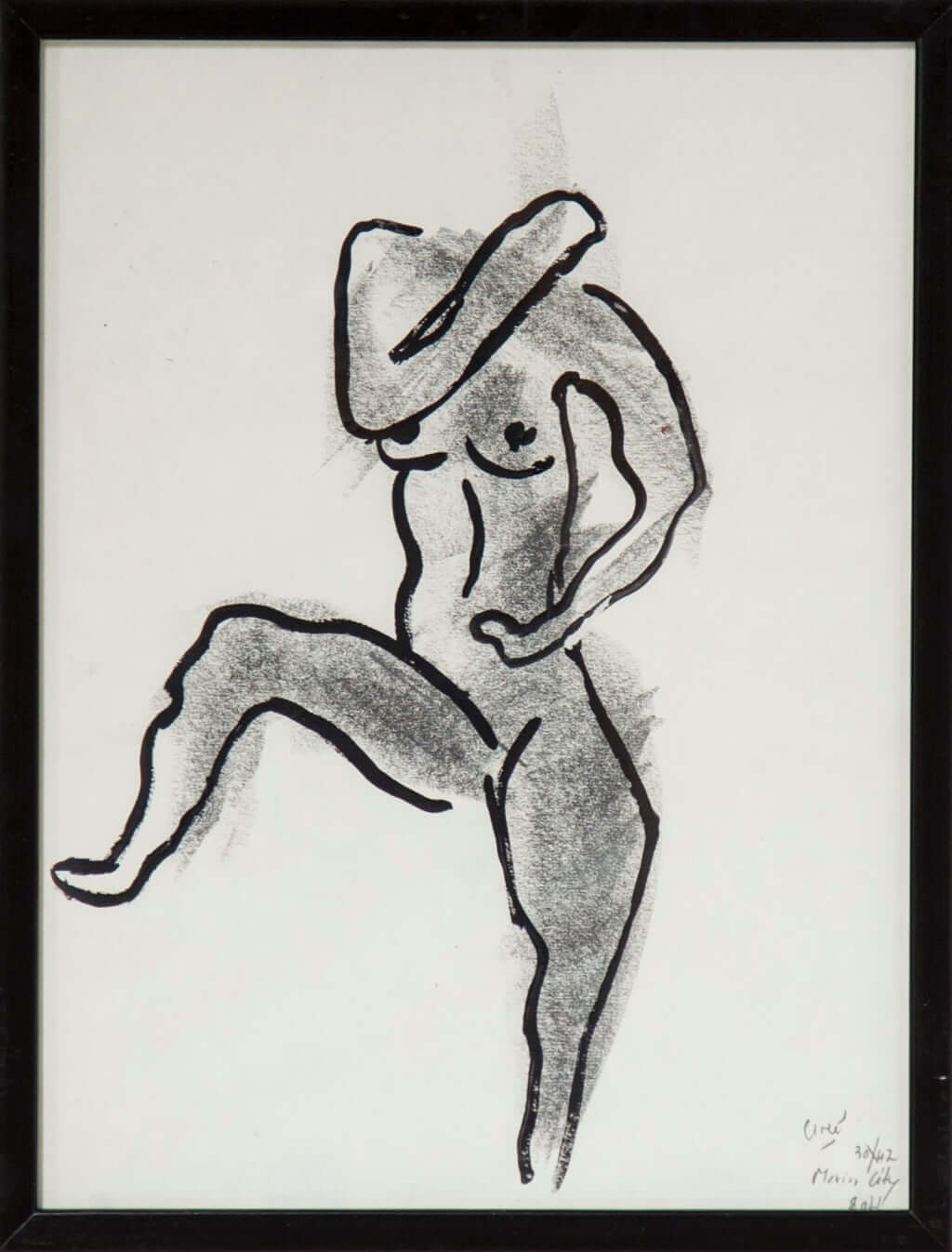
© Circé
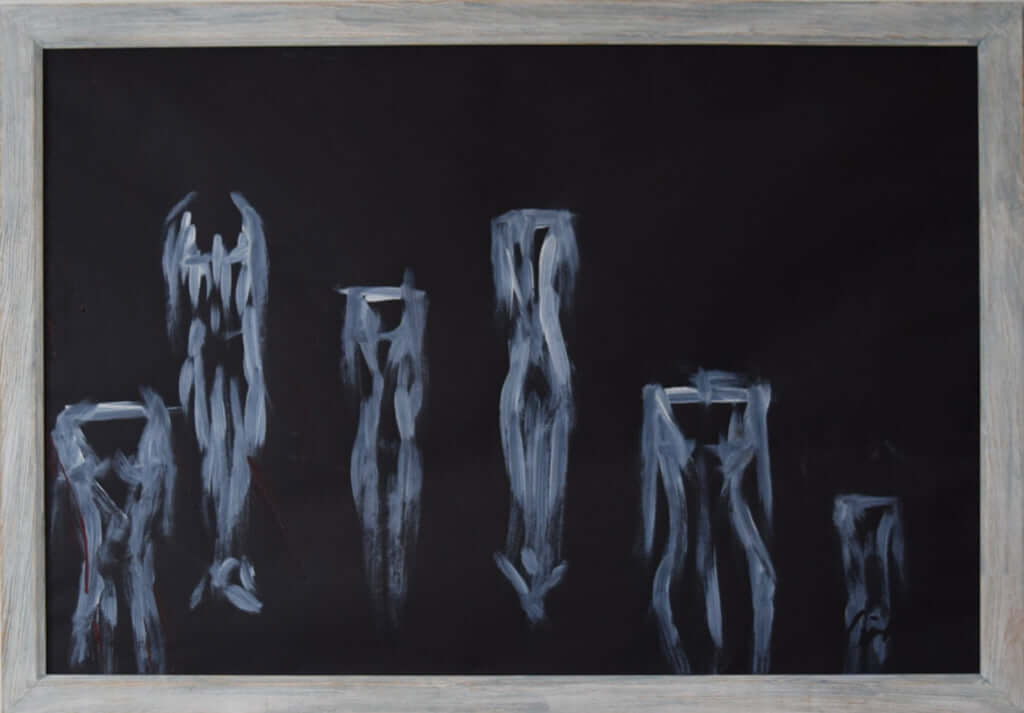
© Circé

© Circé
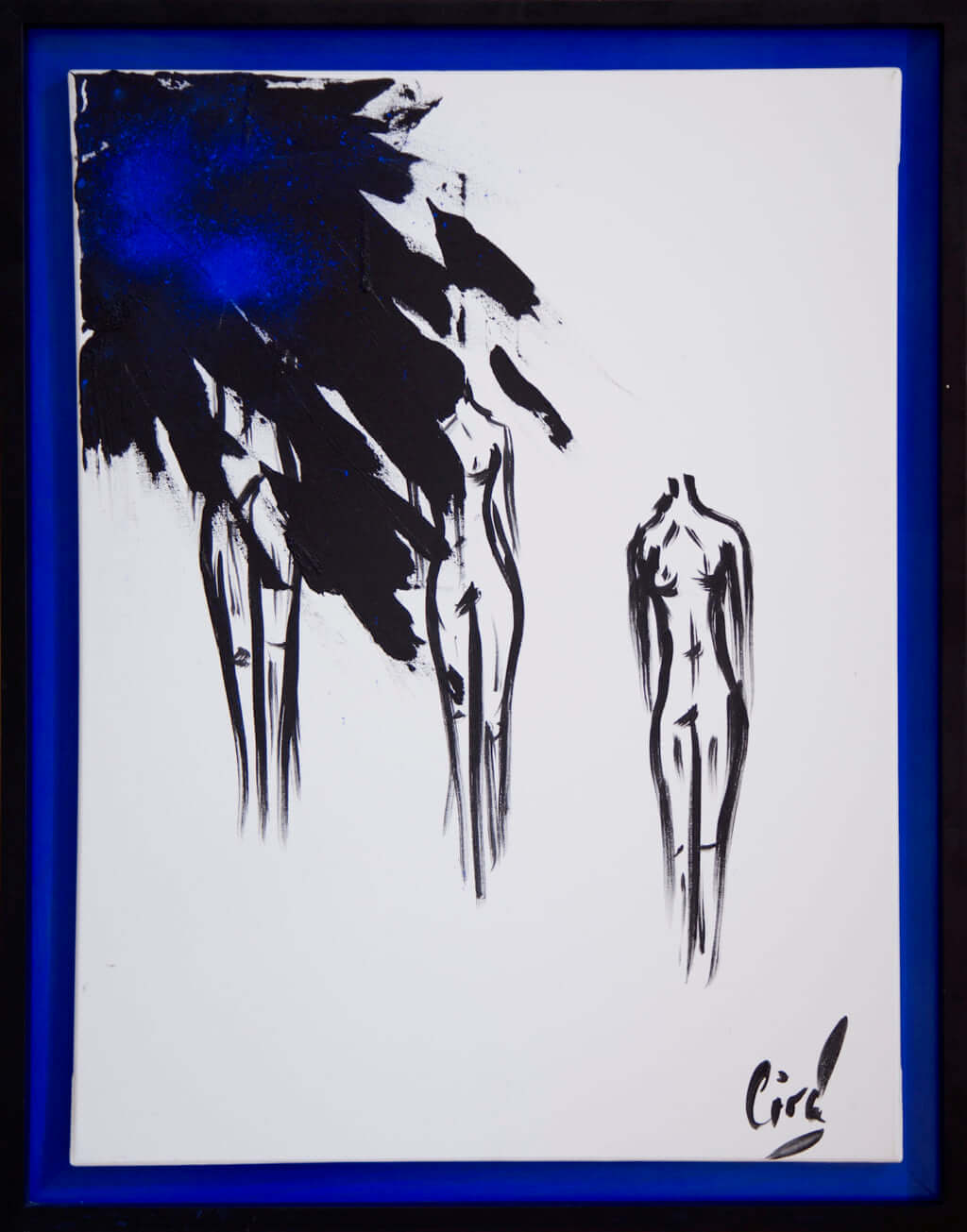
© Circé

© Circé

© Circé
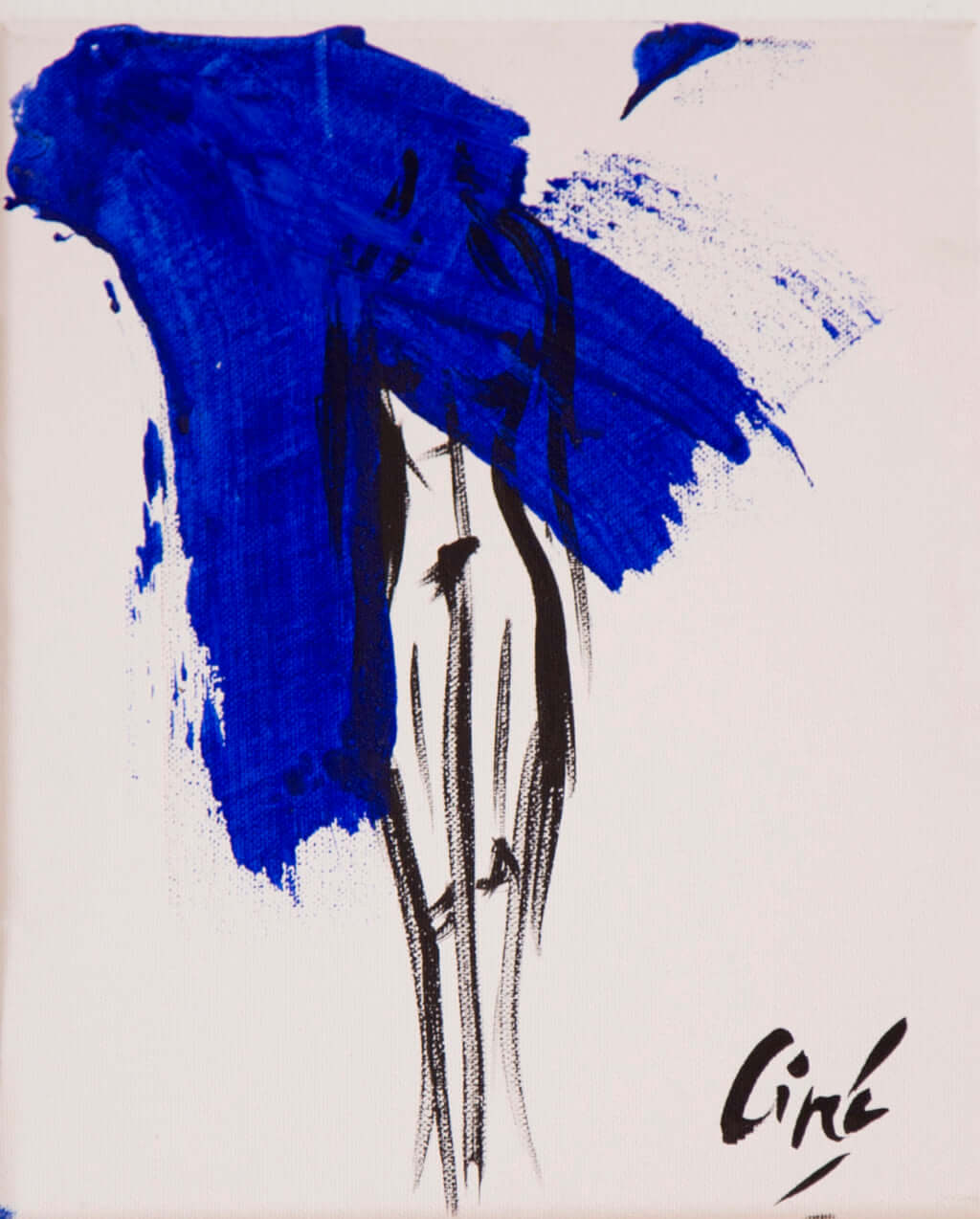
© Circé
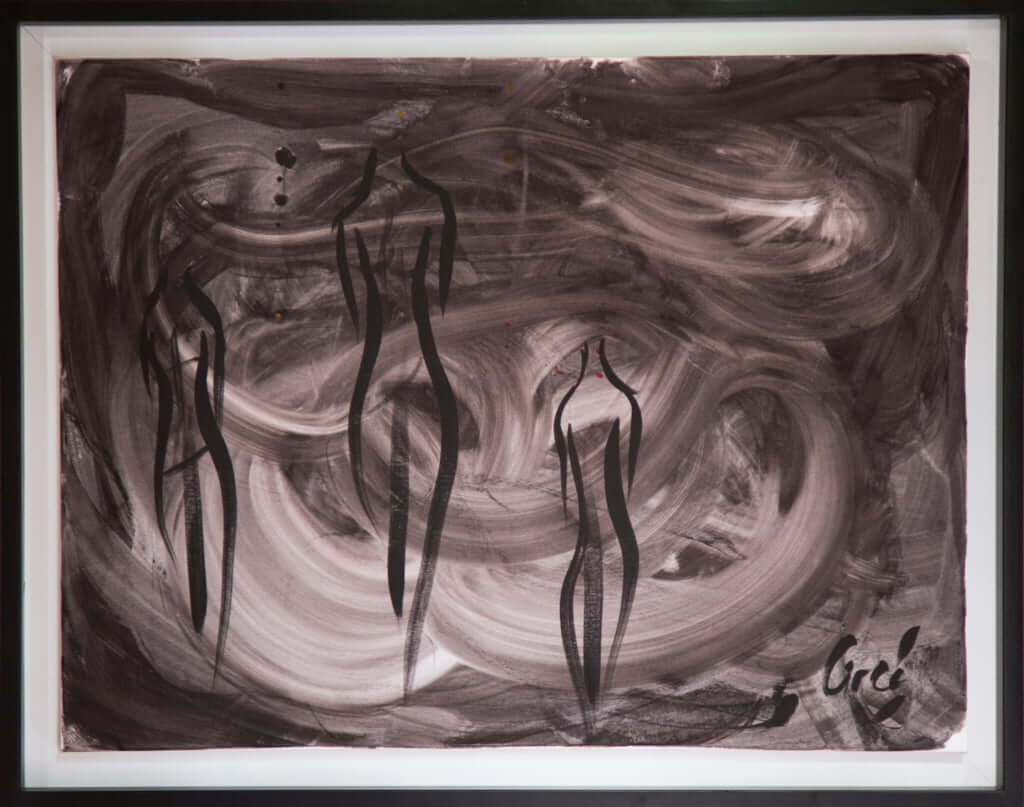
© Circé
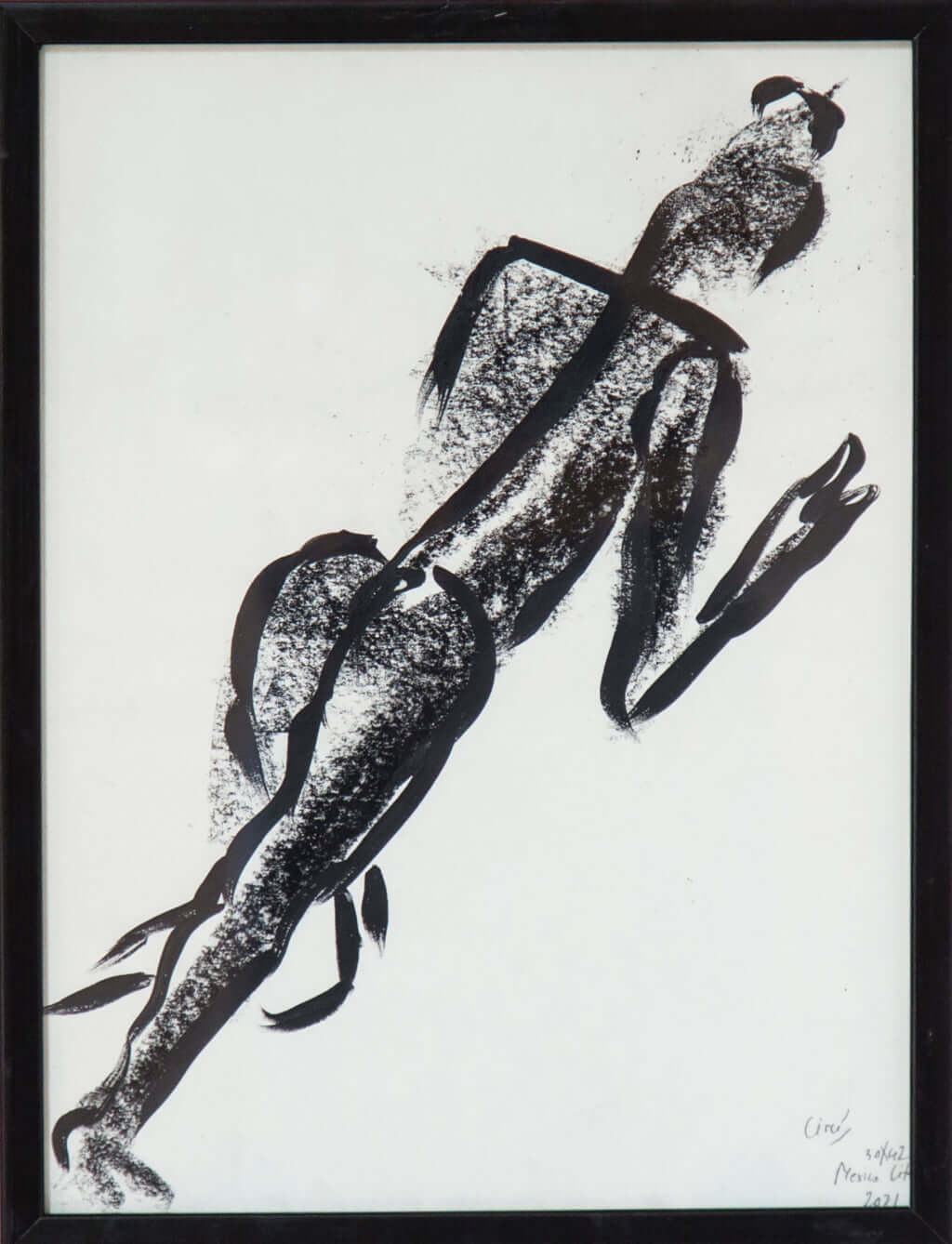
© Circé
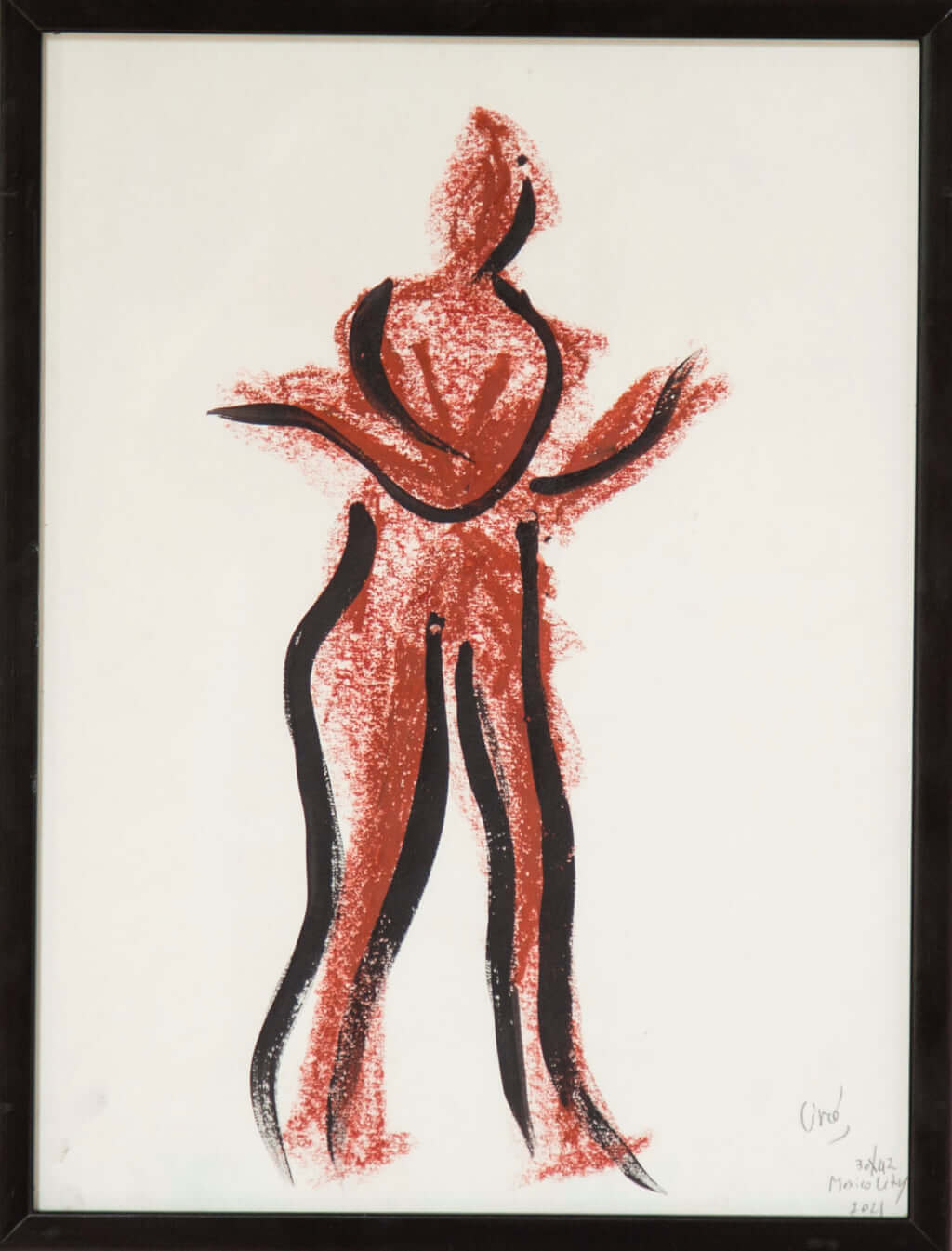
© Circé

© Circé

© Circé
TRENDING
-
A House from the Taisho Era Reveals Its Secrets
While visiting an abandoned building, Hamish Campbell discovered photographs the owner had taken of the place in the 1920s.

-
The Taboo-Breaking Erotica of Toshio Saeki
The master of the 1970s Japanese avant-garde reimagined his most iconic artworks for a limited box set with silkscreen artist Fumie Taniyama.

-
With Meisa Fujishiro, Tokyo's Nudes Stand Tall
In the series 'Sketches of Tokyo', the photographer revisits the genre by bringing it face to face with the capital's architecture.

-
Masahisa Fukase's Family Portraits
In his series ‘Family’, the photographer compiles surprising photos in which he questions death, the inescapable.

-
Hajime Sorayama's Futuristic Eroticism
The illustrator is the pioneer for a form of hyperrealism that combines sensuality and technology and depicts sexualised robots.





